Trump's remarks stir up waves again, intensifying market volatility
On Tuesday (November 26th), global financial markets focused on the threat of new tariffs by US President elect Trump and the resulting multi asset volatility. The US dollar has strengthened amid trade policy uncertainty, while oil prices and precious metal markets have fluctuated due to geopolitical situations and macroeconomic signals. Investor sentiment is generally complex, awaiting further guidance from the Federal Reserve meeting minutes and consumer confidence data. This article will analyze the current market trends and potential trends from the perspectives of crude oil, precious metals, the US dollar, foreign exchange, and bond markets.
Crude oil: risk premium falls, focus on OPEC+decisions
The crude oil market rebounded slightly on Tuesday, with Brent crude oil rising 0.61% in consecutive contracts to $73.55 per barrel; The continuous contract for US crude oil rose 0.78% to $69.47 per barrel. The day before, oil prices had dropped sharply due to Israel and Lebanon's Hezbollah approaching a ceasefire agreement. Although the market generally believes that this geopolitical conflict has not yet posed a significant threat to the supply chain, the ceasefire news has weakened the risk premium of the oil market. Analysts believe that Monday's market reaction may have been somewhat excessive, and the current rebound in oil prices is a technical correction.
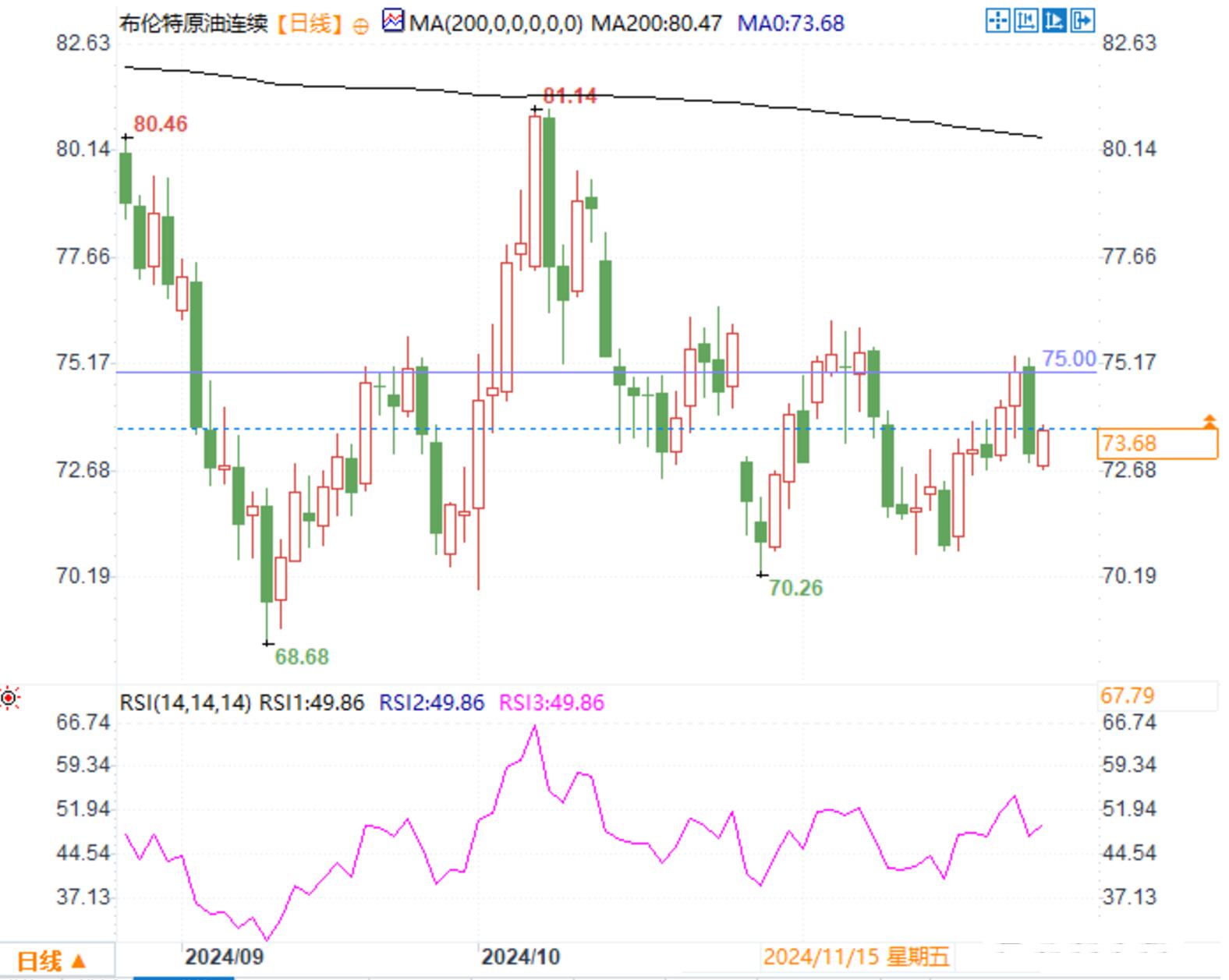
At the same time, the market remains vigilant about the potential impact of Trump's tariff threat on the energy sector. He has promised to impose a 25% tariff on imported goods from Mexico and Canada, although it is not clear whether crude oil is included, but this possibility has raised concerns about supply chain reshaping. It is worth noting that Canada's exports of crude oil to the United States account for about three-quarters of its total production. Once tariffs are imposed, alternative sources are limited and may have a profound impact on the market supply and demand pattern.
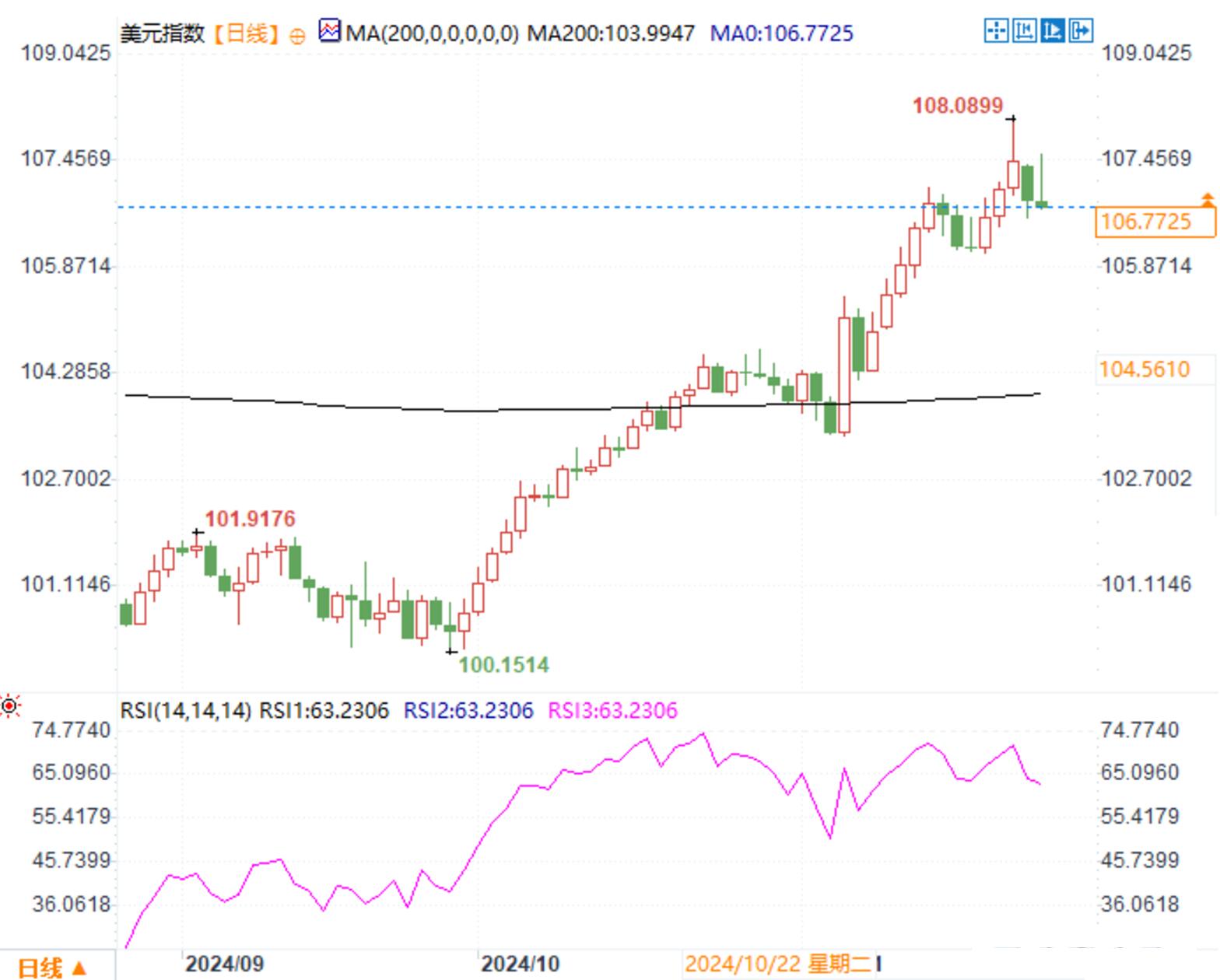
In addition, OPEC+will hold a meeting over the weekend, and the market expects it to continue its current production reduction policy to cope with the pressure of slowing demand. The balance between supply and demand remains the key to determining the medium - to long-term trend of oil prices, especially as the United States plans to increase domestic production to hedge against global uncertainty, which may weaken the policy effectiveness of OPEC+.
Precious Metals: Weakened Safe haven Attraction, Gold Falls
Spot gold slightly rebounded on Tuesday, with the latest trading at $2629.79 per ounce, up 0.16%. Although concerns over Trump's tariff rhetoric have provided some support for gold, the easing of geopolitical tensions in the Middle East has further suppressed its safe haven demand. The day before, gold fell sharply by over 3% due to improved market sentiment, marking its largest daily decline in five months.
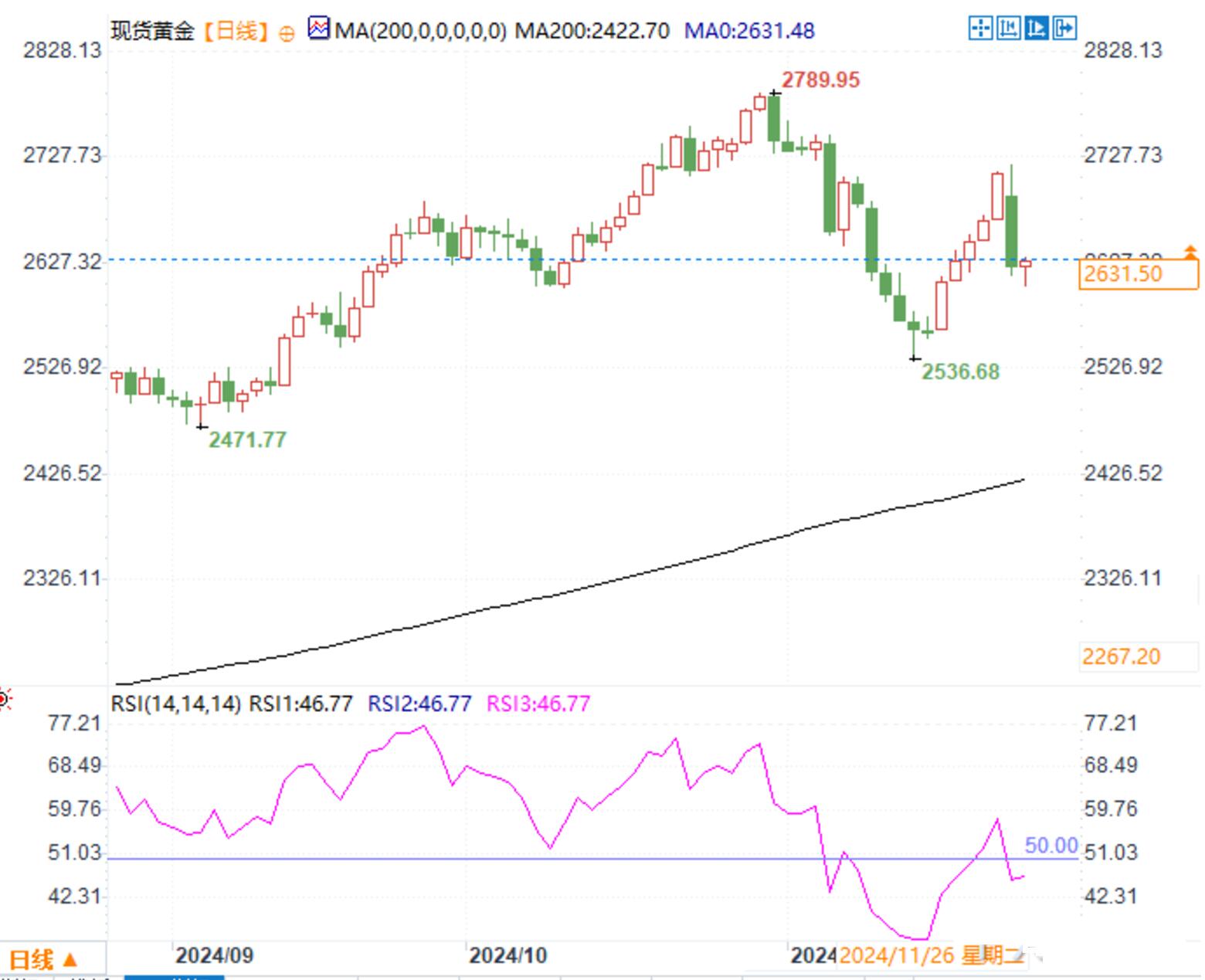
Analysis indicates that the recent fluctuations in gold prices are mainly driven by the macro environment and geopolitical situation. The release of US consumer confidence data and Federal Reserve meeting minutes will become an important basis for investors to judge the economic outlook and interest rate path. At present, the market expects a probability of 59.6% for the Federal Reserve to cut interest rates by 25 basis points in December. If the data shows more obvious signs of economic slowdown, it will further reduce the opportunity cost of gold holdings and enhance their attractiveness.
On the other hand, gold faces a dilemma brought about by Trump's policies. On the one hand, inflation concerns caused by high tariffs may support gold prices; On the other hand, if the US dollar strengthens due to tariff support, gold may come under pressure. In the short term, the gold market will continue to be constrained by these competing fundamental forces.
Foreign exchange market: US dollar supported, non US currencies differentiated
The latest report of the US dollar index is 106.7588, with a slight decrease of 0.11% during the day, but overall it is still in a strong range. The potential impact of Trump's tariff policies and their impact on global trade and capital flows have become the core factors dominating the foreign exchange market. The US dollar rose significantly against the Mexican peso and Canadian dollar, reaching highs of 20.54 and 1.4102 respectively; But the USD/JPY slightly fell back to 153.790, indicating a easing of market risk sentiment.
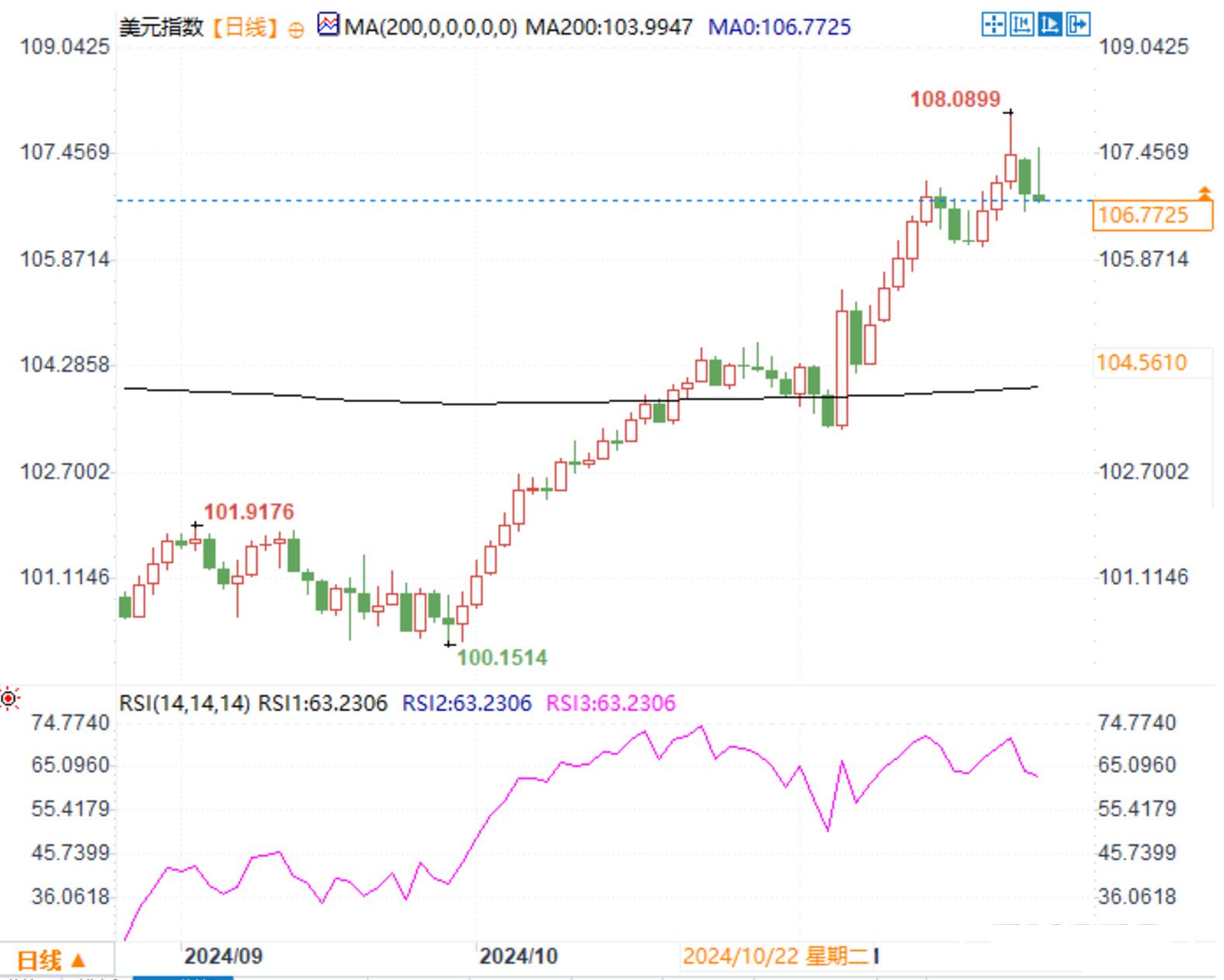
The latest trading of EUR/USD is at 1.0514, up 0.19%. Despite poor performance in European economic data, the euro still benefits from the decline of the US dollar. The future trend of the euro may mainly depend on inflation data in the eurozone and signals from the European Central Bank on whether to increase monetary easing. At the same time, GBP/USD rose 0.14% to 1.2584, thanks to cautious optimism in the market about the resilience of the UK economy.
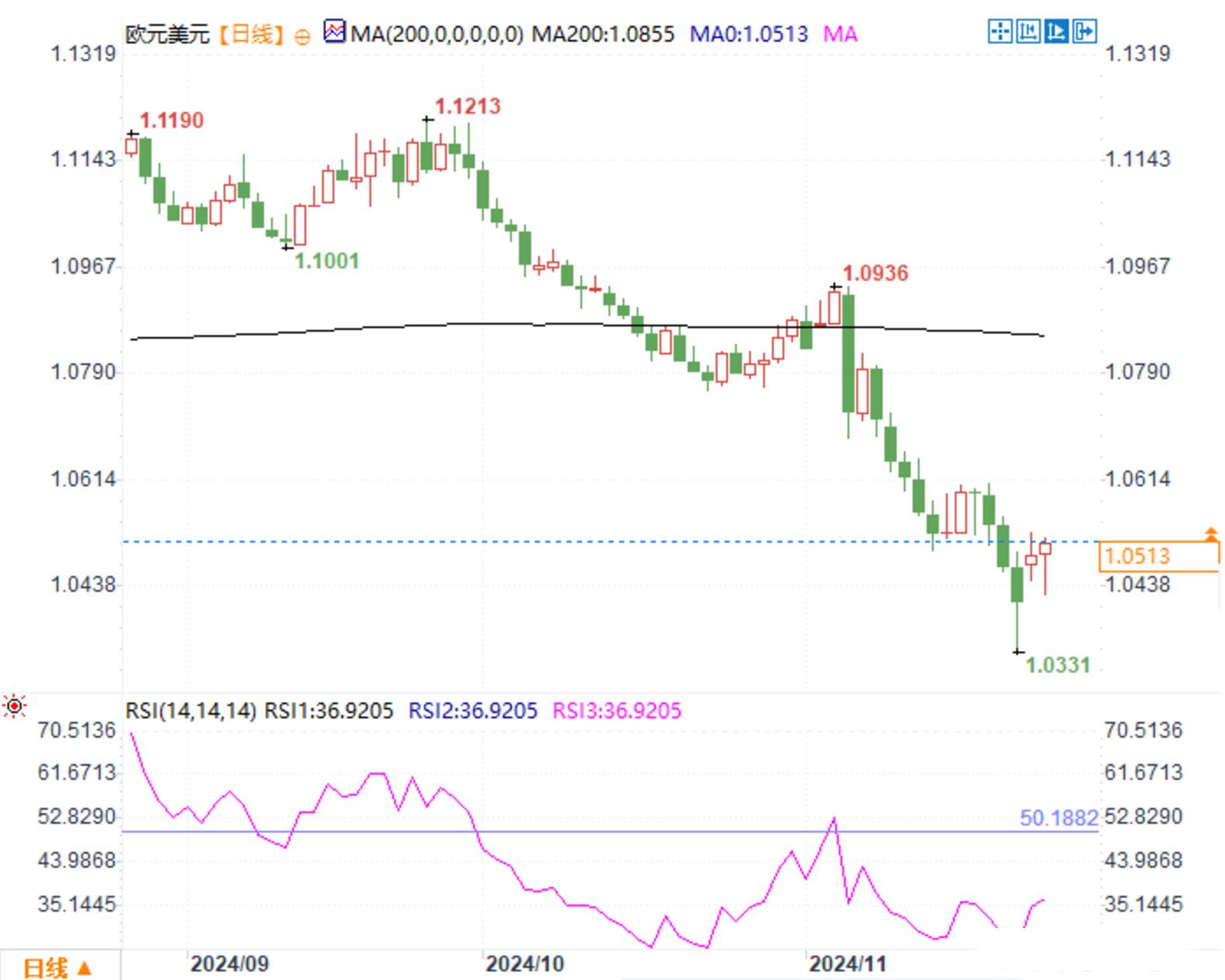
The relatively strong performance of the Japanese yen against the backdrop of Trump's remarks indicates that the demand for safe haven has not completely dissipated. But as the market digests the relevant news, the upward movement of the yen may gradually weaken. At the same time, the Australian dollar weakened due to the threat of Trump's tariffs, with a latest reading of $0.649, down 0.22%. The performance of the Australian dollar also reflects market concerns about a slowdown in global economic growth.
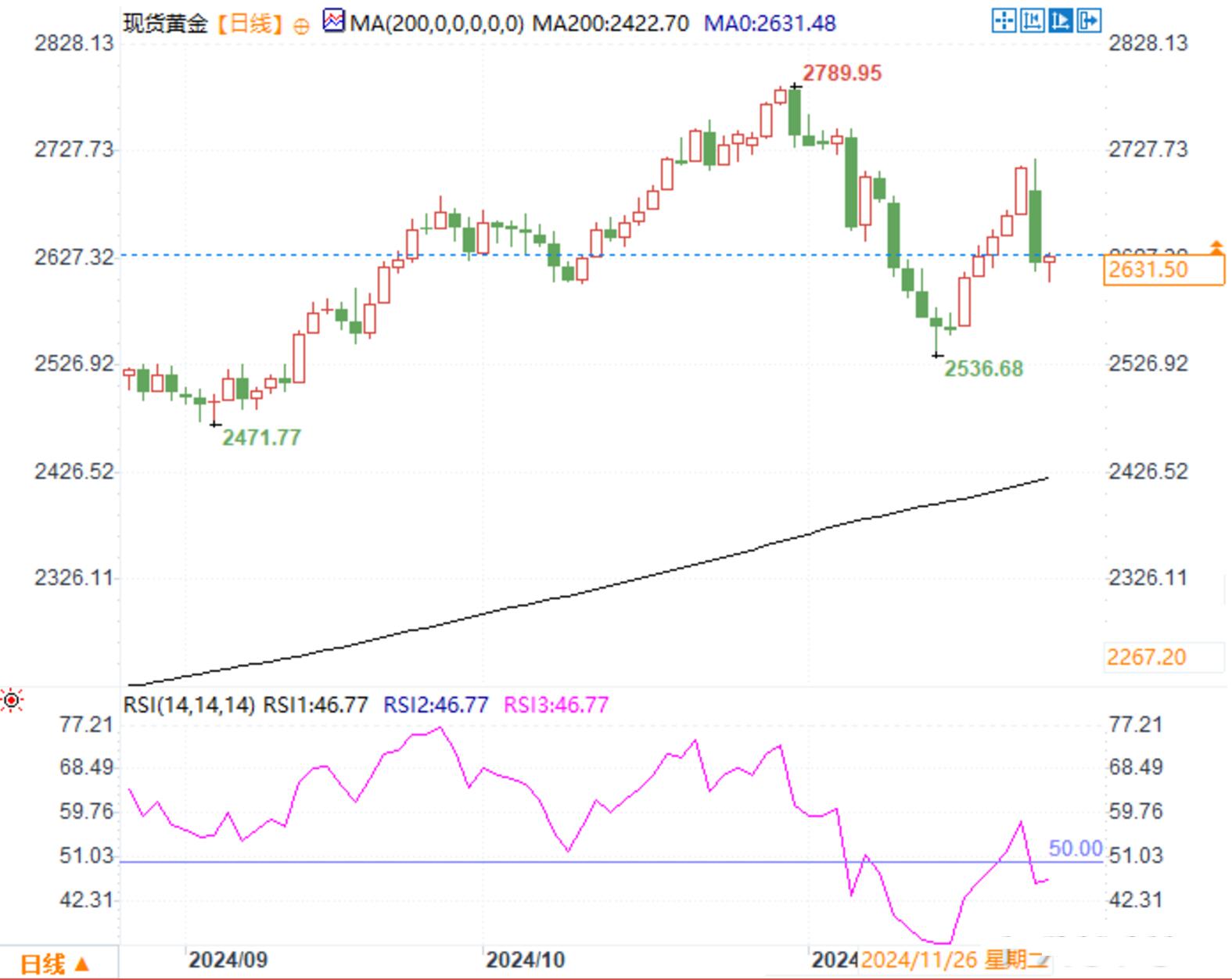
Bond market: yield under pressure, expected loose pricing in the market
In the bond market, the yield of German 10-year treasury bond remained at a low of 2.2%, reflecting the continuous pressure faced by the European economy. Trump's high-profile threat to impose tariffs on European goods has exacerbated the difficult situation for European manufacturing, while the Russia Ukraine situation continues to pose a threat to regional stability. The market expects the European Central Bank to further cut interest rates next month and increase monetary stimulus measures.
The yield of US treasury bond bonds fell for a time due to Trump's appointment of the Treasury Secretary, but then the tariff news pushed the market to reassess the attractiveness of risk assets. In the coming days, the Federal Reserve's policy statements and economic data will become key factors determining the direction of the bond market.
Future prospects
Looking ahead, market trends will continue to depend on the actual intensity and pace of Trump's policies, as well as the performance of relevant economic data. The focus of the crude oil market is on the decision-making of OPEC+and the progress of the US production increase plan; Precious metals need to wait for further confirmation of risk sentiment and interest rate paths. The volatility of the foreign exchange market may increase, and investors should be alert to potential market reactions triggered by the minutes of the Federal Reserve meeting.
Under multiple uncertainties, short-term fluctuations in the global market may be difficult to avoid, while geopolitical situations and trade policies will have a profound impact on medium - to long-term trends. Investors need to closely monitor the progress of important events in order to flexibly adjust their trading strategies.
Tips:This page came from Internet, which is not standing for FXCUE opinions of this website.
Statement:Contact us if the content violates the law or your rights
